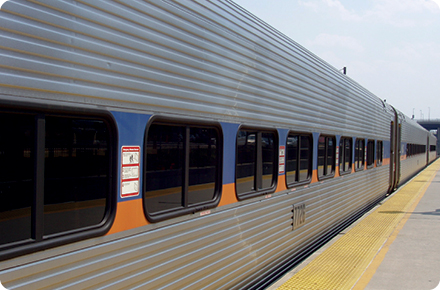Railcars in stainless steel – a sustainable solution for sustainable public transport

Utilising stainless steel to create railcars increases the sustainability profile of the rail industry. Its durability and minimal maintenance requirements make stainless a good choice economically. Energy saving lightweight designs, a high level of recycled content and 100% recyclability at-the-end of life are the cornerstones of stainless steel’s environmental profile. Add the bright contemporary finish of stainless steel and the sustainability profile of the rail industry is further strengthened. Stainless steel in railcars is a good example of how the social, economic and environmental factors of material selection interact to make a technical solution sustainable.
This brochure is available in English and Chinese [clicking on the language will open the pdf]
The case studies from different countries are also available separately: Switzerland, Germany, Spain, Japan and India







